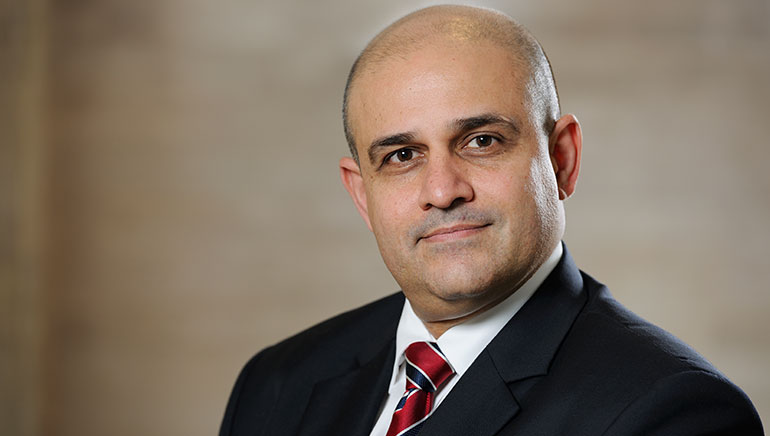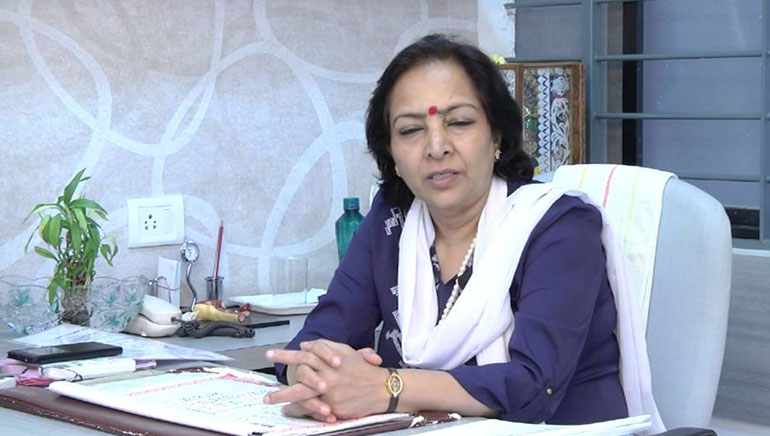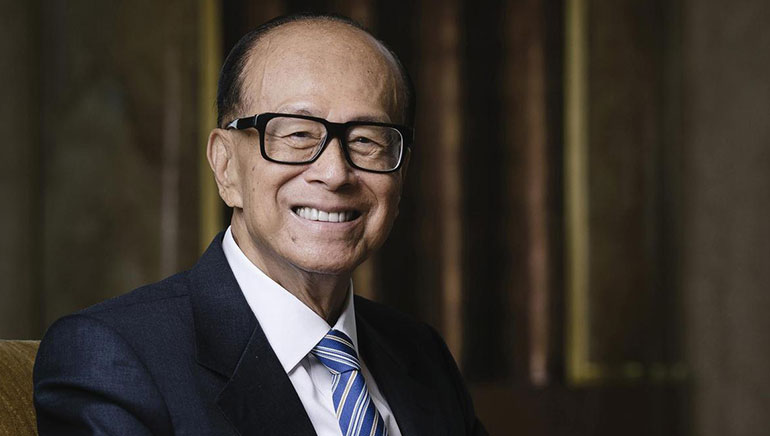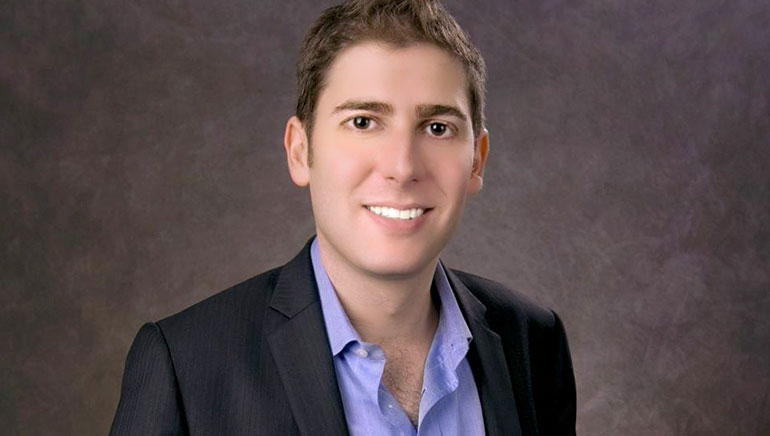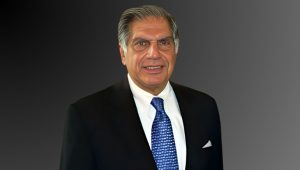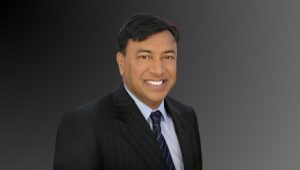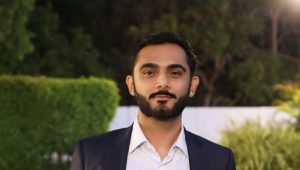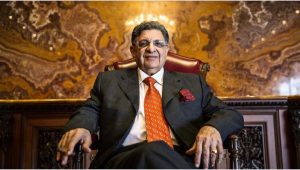Enter Arun Madhok, CEO of Suntec Singapore and a visionary leader with a compelling foresight for the MICE business, widely recognised as the driving force behind the World’s Leading Convention & Exhibition Centre. Having won various prestigious awards, each of them recognises his exemplary leadership and instrumental role in spearheading the success of this best-in-class events venue.
Why him? It isn’t uncommon to encounter a million “whys” in one’s interactions with Mr Madhok, who never shuns from asking “why this” or more importantly, the contrarian “why not”. His inquisitive nature and persistence towards perfection motivates him to break barriers and defy convention.
“When I initially shared my ideas about digitalising the Centre and offering free WiFi across the venue, they were deemed unrealistic, true to an age where customers were expected to pay for Internet access. Today, complimentary high-speed, high-density WiFi service is available throughout Suntec Singapore while other venues are still charging for slower and sometimes less reliable service,” said Mr Madhok.
Certainly, his ability to anticipate the needs of the industry has paid ample dividends for the venue. Since he took reign as CEO, Suntec Singapore has hosted more than 8,000 events including some of the world’s premier exhibitions and conventions. From pharmaceutical seminars to technology-driven mega shows, over 1,500 events choose Suntec Singapore as their preferred venue annually. Signalling a strong 2018, the Centre has demonstrated an unparalleled versatility to host experiences across a wide spectrum of industries and complexities.
DIGITAL DISRUPTOR
Mr Madhok sets himself apart by adopting a growth hacker’s mindset. A strong proponent of technological enablement, he encourages R&D in the centre to identify the most efficient way to continually grow the business. He was also focal in the Centre’s major modernisation programme in 2012 which was subsequently completed the following year. The affable CEO brought to the table his multifaceted expertise where he not only reshaped, but also re-defined the potential of a convention and exhibition centre.
He introduced a slew of innovative features that have greatly empowered their customers. For example, the use of big data to track customer’s insights. Suntec Singapore’s state-of-the-art WiFi-based location analytics provide event organisers with an in-depth outlook into the behavioural patterns of attendees connected to the WiFi network.
Other features incorporated during the modernisation programme was ‘The Big Picture’, which is a HD video wall stretching 62 metres in length and the Immersive AV suite that can house cutting-edge AV systems for eclectic and futuristic showcases. These game changers demonstrate Mr Madhok’s innate ability to grasp how technology can be innovatively used in the business to drive change. The sterling result is a Centre that combines everything enabled by technology, from F&B created in sustainable kitchens to ergonomically designed systems to successful CRM to full-fledged conference facilities powered by free high-speed, high-density WiFi.
GROWING FROM STRENGTH TO STRENGTH IN 2018
One of the highlights for Suntec Singapore is the ASEAN Summit, which will be held in the venue later in the year.
“I’ve always prided myself on being one who avoids groupthink like the plague. In order to move up the market and displace competition, we have to think out of the box. Just as the future of computing lies in quantum computers– incredibly powerful machines that take a new approach to processing information – we have chosen to see through a process of rapid experimentation across marketing channels and product development to identify the most efficient way to continually grow our business,” voiced Mr Madhok.
Together with his exceptional team, Mr Madhok resolutely stays ahead of the pack, leading a sophisticated conference and exhibition market that is set for exponential growth. Other prestigious events to be held in the venue include the ACM International Joint Conference on Pervasive and Ubiquitous Computing and Royal College of Obstetricians and Gynaecologists (RCO) World Congress.
“My amazing team and I have launched the business very successfully and established it as the best in the region and I am very proud of our success. I get to do what I’m basically good at, which is leading change and transforming businesses. The formula to success is to get the best people on your team, point them in the right direction and strive for excellence with unwavering passion. Anything worth doing is worth doing well,” Mr Madhok shared.
THE HUMBLE BEGINNINGS OF A SELF-MADE MAN
Born into a naval family, Mr Madhok’s family travelled extensively and he developed an interest in exploring the world and the accompanying opportunities to interact with the people he met. As the eldest child, he was also driven by the desire to help out and provide for his family from a young age. While still pursuing his education in Pune, India, he took on his first job as a door-to- door salesman and sold clothes drying racks on his bicycle from one housing estate to another. It was from such humble beginnings that he learnt to understand customers’ mindset and the art of closing a deal. This experience would prove invaluable for his future.
“TOGETHER WITH HIS EXCEPTIONAL TEAM, MR MADHOK RESOLUTELY STAYS AHEAD OF THE PACK, LEADING A SOPHISTICATED CONFERENCE AND EXHIBITION MARKET THAT IS SET FOR EXPONENTIAL GROWTH”
As he embarked on his career and moved to Europe, Mr Madhok was thrust into various leadership positions, including Area Manager of 42 airports across Europe for British Airways. At the airline, he displayed his mettle when he had the opportunity to drive the strategy of restructuring the airport teams in a highly unionised environment and led the introduction of a new technology. This resulted in streamlined costs and the best punctuality across the British Airways network. The experience cemented his belief in the importance of having team members who wanted to excel. He also had the opportunity to refine his business skills through postgraduate management studies at the Oxford University and a strategic planning course at the Ashridge Business School.
Under his wing, Suntec Singapore has taken flight and received numerous accolades and awards in the areas of innovation, service excellence, talent recruitment and retention strategies, workplace and building safety, as well as in-house culinary offerings. In 2015, Suntec Singapore achieved its highest financial performance in the company’s 20-year history.
Mr Madhok is passionate about inspiring positive next-generation changes through Suntec Singapore by reforming how people approach the convention and exhibition business. He believes resolutely that for robust change to materialise, one must focus on the customer experience and encourage a relentless pursuit of excellence, be unwilling to accept mediocrity, recognise the contributions of individuals and celebrate success together. This is what establishes Suntec Singapore’s reputation as ‘The Preferred Place to Meet’ in Asia and beyond.





